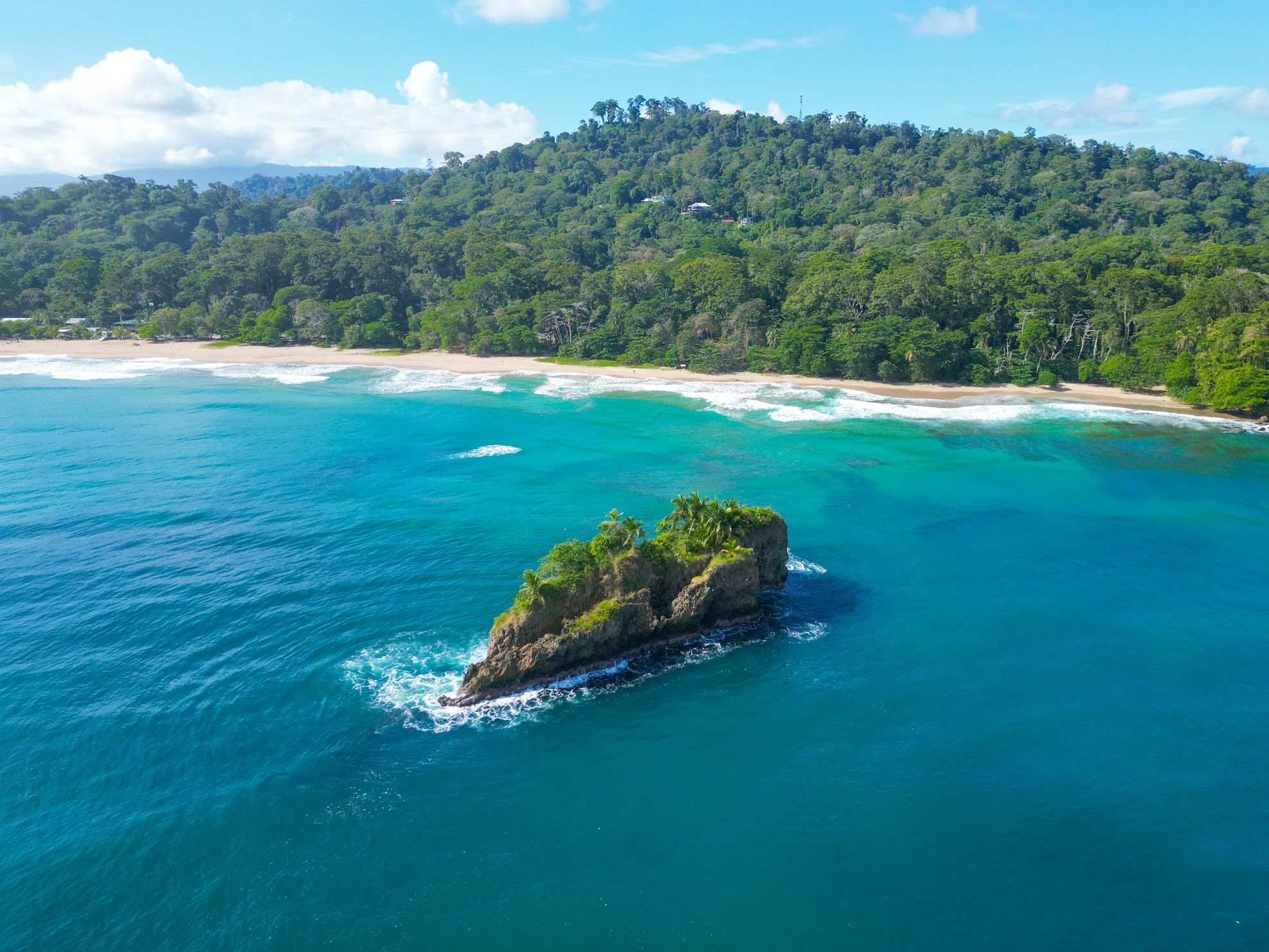Reducing carbon footprints in the Film & TV industry.
With sustainability taking a seat at the table in all our board rooms, companies need quick wins with measurable impact. Sustainable Aviation Fuel, or SAF, is rapidly gaining attention with businesses whose M.O. involves regular air travel. The Film and TV industry particularly. But how impactful is SAF, and is it the environmental panacea we’ve all been hoping for?
What Exactly Is SAF?
Sustainable Aviation Fuel is a renewable alternative to conventional jet fuel, derived from more sustainable feedstocks. It’s incredible to think that these raw, organic materials - namely the waste from gardening, catering, sewage processing, paper making and bin collecting - can produce fuel to power aircraft. These natural by-products are processed to create a fuel with significantly reduced environmental impact over its lifecycle, compared to its fossil-based predecessors.
The Truth About CO2
When burned, SAF creates similar levels of carbon dioxide to conventional aviation fuels. The difference is that the CO2 produced is already part of the carbon cycle - not extracted from the ground specifically for creating aviation fuel. Fossil fuels increase the overall level of CO2 by releasing carbon that had been previously locked away underground. In contrast, SAF recycles the CO2 which is absorbed by the vegetation from which it is made.
According to the International Air Transport Association, IATA, the CO2 absorbed by during the growth of the original plant materials is roughly in balance with the amount produced by using the fuel. This would make SAF carbon neutral, but it must be acknowledged that some emissions are released during the production process, due to transportation and refining methods.

The Good News
Sustainable Aviation Fuel is already accelerating progress towards a net zero future. Not only can it use existing fuel infrastructure in getting to airports, it’s safe to use in current aircraft. SAF can be blended easily with traditional jet fuel and used without modifying the existing engines. Most importantly, simply by using SAF, lifecycle emissions can be reduced by up to 80%.
The IATA estimates that SAF could contribute around 65% of the reduction in emissions the aviation sector needs to reach its 2050 net zero goals. When you factor in the role aviation plays in film and television productions - not just to transport people to shoot locations but equipment, replacement props and parts, never mind the promotional tours, factoring SAF into your plans will result in significant impact.
Making It Work For You
The inconvenient truth here is that, currently, there isn’t enough SAF to fuel the world’s commercial airlines for even a single day. So, in the spirit of partnership, Air Partner has teamed up with Delta Airlines who has already invested significantly in SAF for their own fleet, and who actively lobby for access to more sustainable, affordable fuels for all. When your travel team books a flight with Air Partner, they’ll be offered the option of purchasing SAF environmental attributes – a super-easy way to claim carbon reductions against the emissions footprint of your own flight. The exact quantity needed is calculated, and the cost added seamlessly onto your flight booking.
This means that your company gives back by being “allocated” the SAF environmental attributes associated with the actual SAF that is loaded into Delta Air Lines infrastructure and used within their network. You have essentially bought the right to “claim” the emissions reduction associated with this physical SAF’s use.
Measuring Your Impact
Evolving legislation means that we all have to prove our impact with verified data. And rightly so to avoid greenwashing. That’s why a SAF Certificate will be issued to you, detailing the specifics of the physical SAF associated with your environmental attributes. It confirms your ownership of these attributes and the emission reductions they represent and can support any related claims you make in that all-important impact reporting.
What About Carbon Offsetting?
This is another option available to you when you book flights with Air Partner. As well as giving back to the planet, you’ll be supporting projects that not only work to reduce CO2 but also to alleviate poverty and improve lives.
Scouting For Eco-Friendly Locations
If you’re thinking about lush settings for your next shoot, consider Costa Rica. Already established as a paradise for eco-tourism, this destination also delivers a massive 90% VAT refund on production budgets over $500K. It also has plenty of eco-friendly production options so, if you’re bringing something adventurous or nature-themed to the screen, Costa Rica’s world-famous rainforests, volcanoes and beaches offer a cost-effective and responsible choice.


